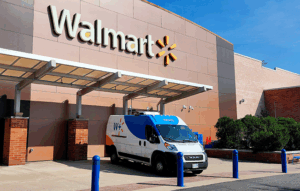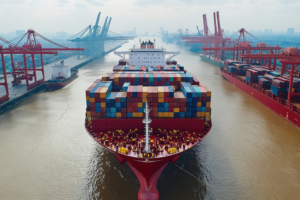What did the pandemic bring to the supply chain?
After international trade was hit hard during a pandemic, the supply chain had to be reshaped, as did family celebrations. Some of the adjustments the logistics industry suffered last Thanksgiving were:
- Shortages of some Thanksgiving favorites.
- Rise in prices.
- Companies’ revenues declined.
All of this demonstrated how sensitive the value of the supply chain is to the availability and timing of companies. As a result, today’s supply chain executives must look further ahead in terms of demand and decide how to combine their resources to meet their demand.

Forecasting is a solution?
Although nobody could predict what was going to happen at that time, it is important for supply chain managers to be aware of what might occur in the future in order to take preventive decisions. Predicting what the next few years will look like and what operational decisions can be made today to ensure they are prepared is not so easy. It requires supply chain managers to analyze more data than ever to identify external signals-such as buying behaviors and trends, weather data, and information from suppliers and distribution partners-and then use that data to create more accurate data-driven forecasts and predictions.
With a better understanding of key demand signals, supply chain managers can better align their organization’s resources to try to influence that demand in advance and feel more prepared to negotiate unforeseen breaks or disruptions in the future.

Despite the goodness of forecasting, there is a flu that affects this holiday, but how much damage it causes?
Flu outbreak, but now it’s another
42 states in the US have recorded outbreaks of avian flu, and the Department of Agriculture reports that 3.6% of turkeys nationwide have been killed by an aggressive strain of the flu this year. This does not empty shelters of markets but creates significant problems in the supply chain due to more intense oversight and broader restrictions.
VDespite turkey being a central part of the Thanksgiving culture since 1621, production has been falling dramatically year after year. Since 2017 production is down 11.7 percentage points and in the historical series since 1999 the drop is almost 20 points.
All of this increases the price as well, the average value of a 16lbs turkey is over $28, and inflation has been 100% higher than in 2019. But none of this is enough to empty the ovens, you will be eating turkey for Thanksgiving dinner, but it will just be a smaller one.
Conclusion
Grydd offers you a smart operating system that centralizes your supply chain communication, collect your data accurately, and provide you with reliable demand forecasts
and boost your Supply Chain Management













